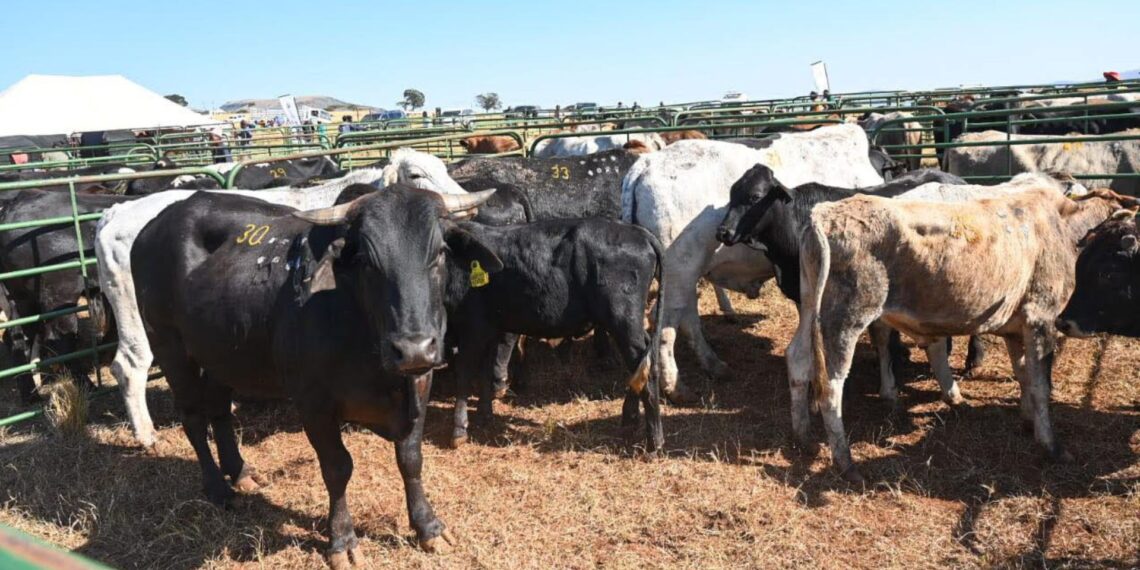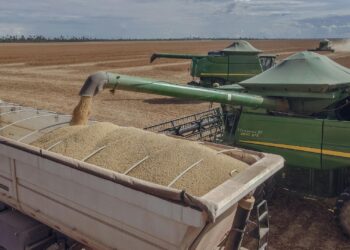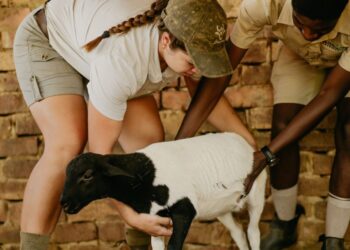As the country battles to contain the spread of foot-and-mouth disease (FMD) in a few provinces, experts have called for a more proactive approach to deal with the outbreak before it gets out of hand.
Free State is leading the pack with 34 confirmed cases across five municipalities, which are mainly agriculture and livestock reliant in terms of economic activities.
Minister John Steenhuisen recently appointed a 22-member team to tackle the outbreak and bring lasting solutions, which would see the country update its systems and approaches in dealing with biosecurity.
Head of sales for Nedbank Agriculture, Daneel Rossouw, said stronger biosecurity measures are essential for South Africa’s livestock sector to maximise its role in global meat markets.
Threat to meat value chain
Rossouw said animal production is South Africa’s largest agricultural sub-sector, accounting for more than half of the sector’s total value. “It sustains thousands of commercial and emerging farmers and supports millions of jobs along the value chain from feedlots and abattoirs to transporters, retailers, and exporters.
“Recurring animal disease outbreaks hinder this potential. FMD, avian influenza, and swine fever have all triggered trade bans, wiping out billions of rand in potential exports. When countries like Saudi Arabia, China, or the EU close their markets, South Africa loses both sales and long-term credibility,” he said.
Rossouw expressed that it was even more frustrating that South Africa has everything it needs to be a global meat powerhouse: high-quality beef, lamb, pork and poultry with a reputation for excellent flavour.
Related stories
- Steenhuisen appoints FMD task team to take bull by the horns
- Communal grazing worsens FMD outbreak in Free State
- FMD failures spark alarm at Pretoria crisis talks
- RMIS launches crisis centre to tackle FMD
He said strong demand exists, particularly in the Middle East and Asia, where protein consumption is rising. However, these opportunities may stay out of reach without reliable biosecurity and traceability.
“Domestically, per capita consumption has held steady and is expected to rise. Yet animal disease outbreaks impose significant costs across the value chain. Farmers bear the cost of vaccinations and containment; government covers outbreak control and compensation expenses; movement bans disrupt sales to feedlots and abattoirs; and outbreaks like avian influenza decimate flocks, forcing costly restocking.
“Consumers face higher prices due to reduced supply, and subsistence farmers without the capacity to absorb losses or access online auctions – often endure financial distress, forced sales, or layoffs.”
Prioritise biosecurity and traceability
Rossouw said sustained commitment, properly resourced strategy implementation, and structural reform are crucial.
“Revitalised vaccine infrastructure, legislated traceability systems meeting international standards, and enhanced public-private partnerships form the blueprint. Shared responsibility across the value chain from soil to shipping is essential.
“The stakes are high, and the choice is clear. The livelihoods of thousands, national food security, and the future of South Africa’s animal product exports hinge on turning this crisis into transformative progress.
“Unless biosecurity and traceability become national priorities, the sector will remain under pressure and risk losing access to critical export and growth opportunities, limiting benefits for farmers and rural communities,” he said.
Meanwhile, Agbiz senior economist Wandile Sihlobo said the ongoing challenge of FMD among dairy producers in KwaZulu-Natal is a challenge.
“Representatives from various banks commented on the cost burden faced by some of their clients, and dairy farmers’ representatives painted a picture based on their firsthand observations of the challenges.
“South Africa and the northern regions typically think of foot-and-mouth disease from the perspective of beef producers; rarely do we consider its cost burden on dairy farmers as well,” Sihlobo said.
READ NEXT: Macadamia exports adapt to changing markets, US tariffs


















